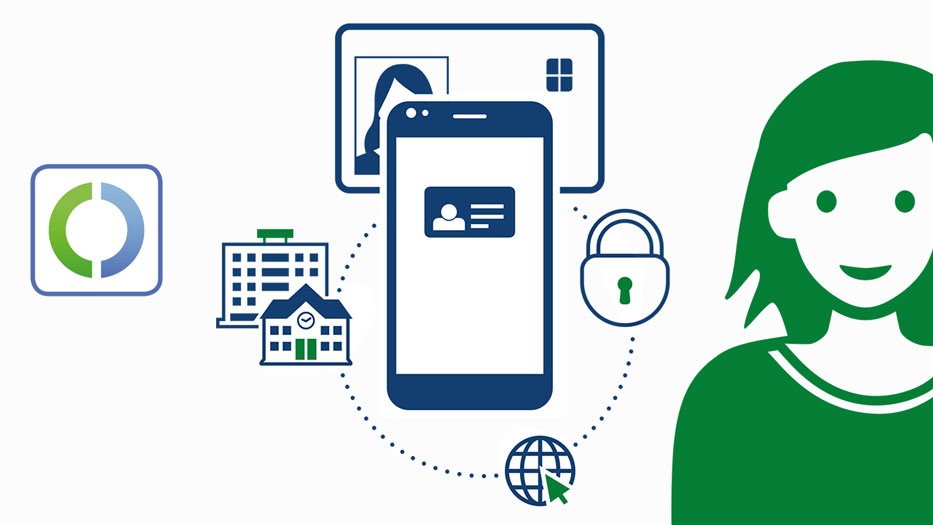The Digital Identities project
Article
Soon German citizens will be able to save their electronic proof of identity from their German ID card directly onto their smartphone and use that electronic ID function via their smartphones. This is one of the goals of the Federal Government’s Digital Identities project.
Digital Identities
In the context of digitalization, digital identities are gaining importance. They enable access to digital services, streamline transactions, and make online interactions more efficient and secure.
For secure digital identification on the internet, citizens in Germany have had a solution since 2010: The chip in their ID card contains the electronic identification (eID) for secure, easy, and privacy-friendly electronic identity verification. In most cases, this can be done with a smartphone.
Only the electronic identification (eID), is used to certify state- certified personal data. Also unique is the principle of mutual identification: always both parties have to identify themselves. Citizens can always see exactly to whom their data is being transmitted.
To access the data, a valid government authorization certificate is required. The authorization is granted by the Authorization Certificate Issuing Authority (VfB) of the Federal Office of Administration. By entering their PIN, citizens consent to the provision of their data
The eID chip is available on ID cards, electronic residence permits, and the eID card for citizens of the European Union and the European Economic Area.
High trust level according to the eIDAS Regulation
In 2017, Germany became the first European Union (EU) member state to successfully complete the notification of the electronic identification (eID) in accordance with the European Regulation on Electronic Identification and Trust Services (eIDAS Regulation). This internationally confirmed the security of the eID infrastructure, and the eID has since been approved for the highest possible trust level in European e-government.
In Germany, the eID is used for the identification and authentication in digital administrative services that require a high level of security. Therefore, the eID is integrated as an identification method into the BundID (Federal ID).
Continuous development
The electronic identification (eID) is continuously improved and adapted to the evolving technological trends and the expectations of the population. For example, until 2017, a card reader was required for online identification. Since 2017, in most cases, an NFC-enabled smartphone with a suitable app, such as the AusweisApp, is sufficient, and a card reader is no longer needed.
Continuously Increasing Usage
The improvements in user-friendliness achieved so far, along with the growing number of online services relevant to citizens, including many digital administrative services, have led to an increased and continuously rising usage of the electronic identification (eID).
There are a total of three eID server families: the eID server for the eID Service Bund, which is only available to federal authorities, the servers of Bundesdruckerei for citizens and the servers of Governikus GmbH & Co KG for authorities and companies. In 2020, there were 2.3 million successful transactions within those servers. In the first half of 2023 alone, there were already 7.7 million transactions.
FEDERAL MINISTRY OF THE INTERIOR AND COMMUNITY (BMI)
eID@bmi.bund.de


